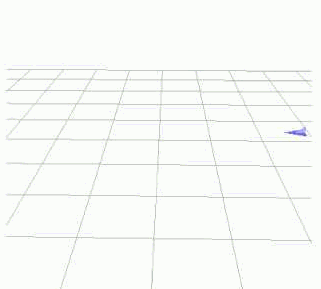The Dicta Boelcke were the first rules of aerial engagement ever. This list of 8 rules, if followed were supposed to keep a German pilot alive. Written by Germany's ace of aces, Oswald Boelcke, they have been used ever since he wrote them and remain used by military air units all around the world.
- Try to secure the upper hand before attacking. If possible, keep the sun behind you.
- Always continue an attack you have begun
- Only fire at close range, and then only when your opponent is squarely in your sights
- You should always try and keep your eye on the opponent, and never let yourself be deceived by ruses
- In any type of attack, it is essential to assail your opponent from behind
- If your opponent dives on you, do not try ti get around his attack, but fly to meet it
- When over enemy lines, always remember your own line of retreat
- Tip for squadrons: In principle, it is better to attack in groups of four to six. Avoid two aircraft attacking the same opponent
The Germans also used a wide range of different maneuvers, these including the "Immelman Turn". It was used after an attack, to re position the aircraft for another attack. This was achieved by making a high speed dive attack on the enemy then just short of stall, apply full rudder and yaw the aircraft around, then position the aircraft facing the enemy and re using this method until the enemy is dead.
Another early developed aerial maneuver was the "scissor" by using a judgement of speed, the pilot would attempt to constantly stay of the opponents tail and shooting at any opportunity when the opposing pilot was in front of him. The same applies to the "Rolling Scissors" but this is done in a roll instead of a cross over.
 |
| The Immelman Turn shown in a 1914 field manual |


It's amazing how amateur early flight training was.
ReplyDeleteIts a great blog only i would love to have more information here but so far it looks great keep up the great job. XD
ReplyDeleteGood luck hope you will get a good grade.
P.S.:
I'm from "The Mighty Jingles" XD
I love how you have written this not too complicated so everybody can understand, not too long and yet detailed enough!
ReplyDelete